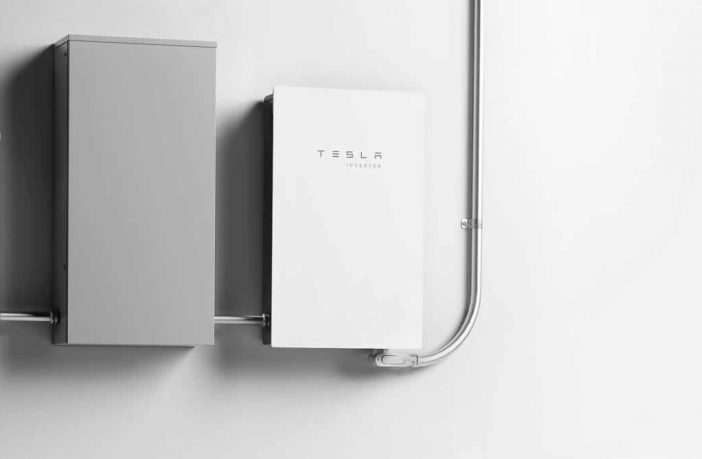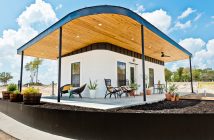- Tesla has come a step closer to a more comprehensive ecosystem by launching a proprietary solar inverter.
In the last years, multiple inverter companies have ventured into electric vehicle (EV) charging and expanded the power electronic ecosystem, repeatedly emphasizing the inverter’s importance at the center of the system. Tesla has gone the other way. Starting with EVs, the carmaker penetrated the residential solar market with panels and batteries but only now has brought an inverter to market.
The product – the Tesla Solar Inverter – comes in 3.8 kW and 7.6 kW versions featuring two and four maximum power point trackers (MPPTs), respectively.
That is slightly above average as most sub-10 kW inverters have just two MPPTs but the product’s efficiency is somewhat below the figures achieved by market leaders. Tesla says its solar inverter has 97.5% efficiency, though it does not specify whether that is CEC [California Energy Commission]-weighted or maximum efficiency.
Tesla has published select data about the inverter on its website, rather than a full spec sheet. It is also not entirely clear what the app will be capable of in terms of system integration and optimization. As a rule of thumb, the more devices that emerge from a single vendor, the easier it is for software to align them to work in symphony and improve system efficiency and that was a trend seen last year.
The company may also choose to leverage its EV production capacityand power electronics expertise. EV drive trains require DC/DC and DC/AC stages as batteries produce DC power and engines can run only on alternating current. Whether such expertise is transferable to residential solar appliances, and would improve functionality, efficiency or robustness remains to be seen. The 12.5-year warranty offered by the Tesla inverter announcement would hint that at the latter.
Author: Marian Willuhn
This article was originally published in pv magazine and is republished with permission.











